Is mold hiding under your wooden flooring? 7 warning signs and 1 method to avoid this from happening
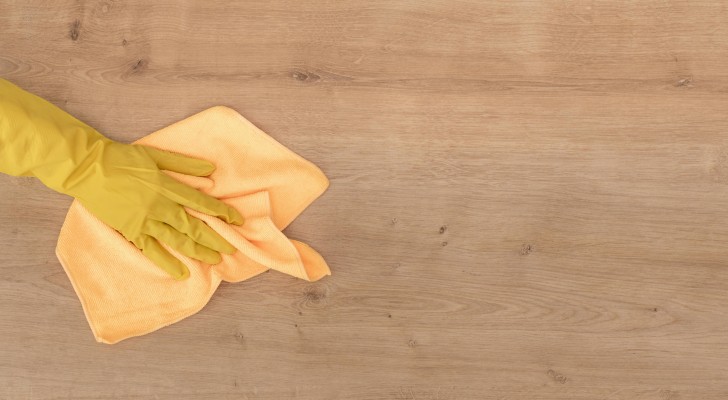
Beautiful and elegant, wooden floors are able to provide our homes with charm and warmth. But at the same time, they are also much more delicate than other floor surfaces. Wood is a porous material and for this reason, it is much more sensitive to water and humidity and developing mold more easily.
So, how can we detect if mold is already "hiding" under our wooden floors? There are several tell-tale signs that can indicate the presence of mold. And if we act quickly, we can prevent damage being done in the long run.
So what are the signs that mold is taking root under your wooden floors? Below we indicate 7 of these and 1 method to prevent its formation.
1. Increased humidity levels
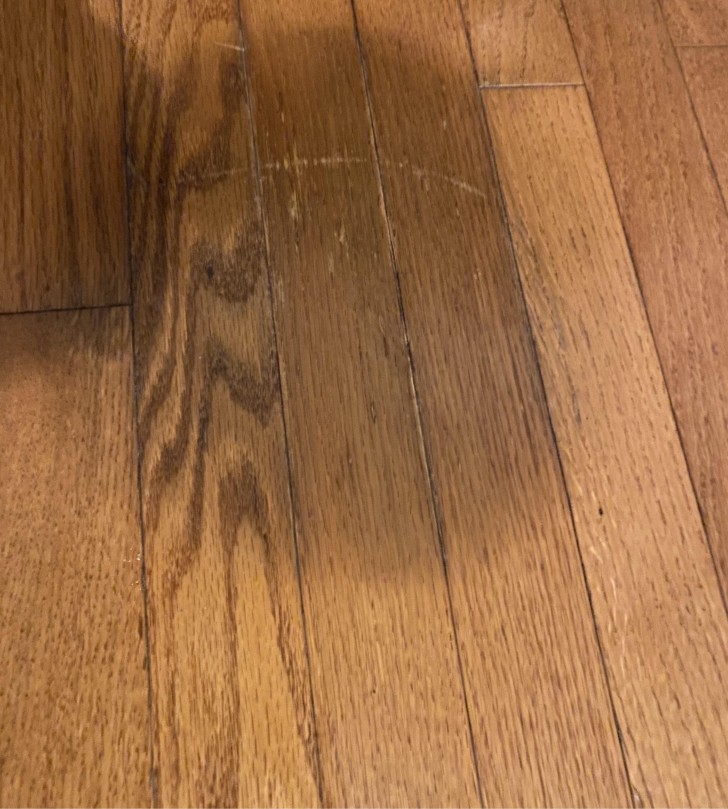
An increase in humidity levels can be caused by various factors, such as the exposure of your home to humid climatic conditions or poor air exchange. But if you notice signs of its increase, it is highly likely that mold is developing under your wood floors. Pay attention to how much water is condensing on windows, in the bathroom and on mirrors - when there is more condensation that normal, you may have a problem.
2. Insect infestations
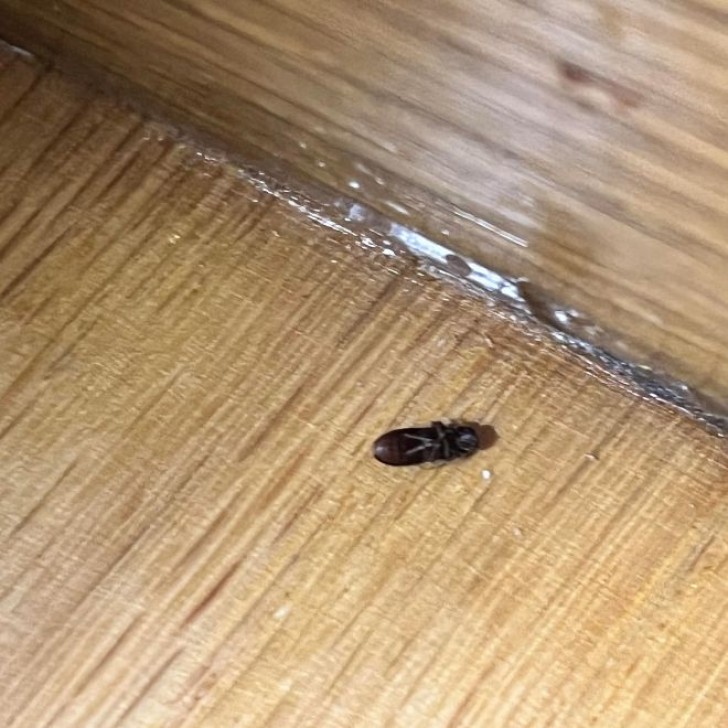
Some insects such as cockroaches, ants and millipedes feed on mold and you will notice them in your home: a sudden increase in insect activity in your home may be due to the growth of hidden mold under your wood floors.
3. Unpleasant musty smell
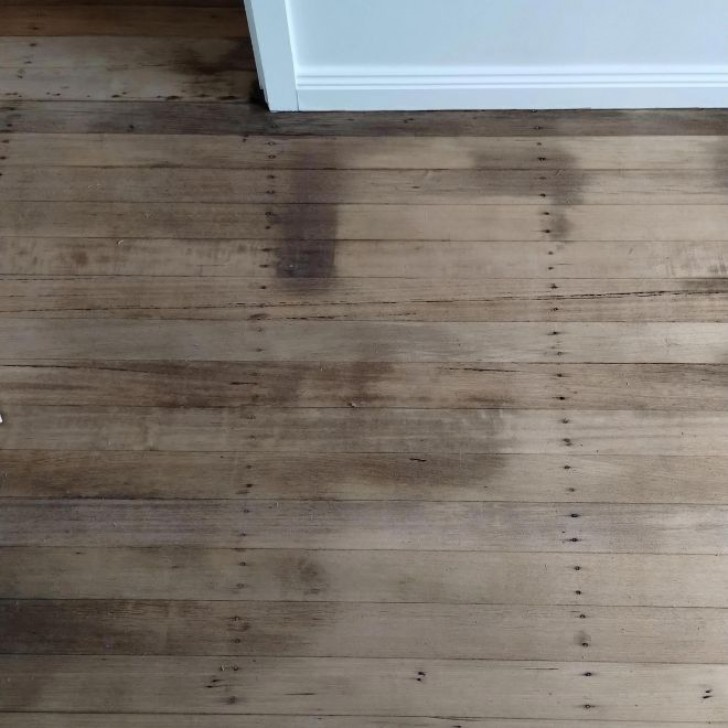
Mold has its own characteristic odor which makes it easy to recognize, even if hidden. So, if you notice a pervasive musty smell in the home, it's time to act. Acting quickly can solve this mold problem before permanent damage is done.
4. Damage caused by mold under the wooden floor
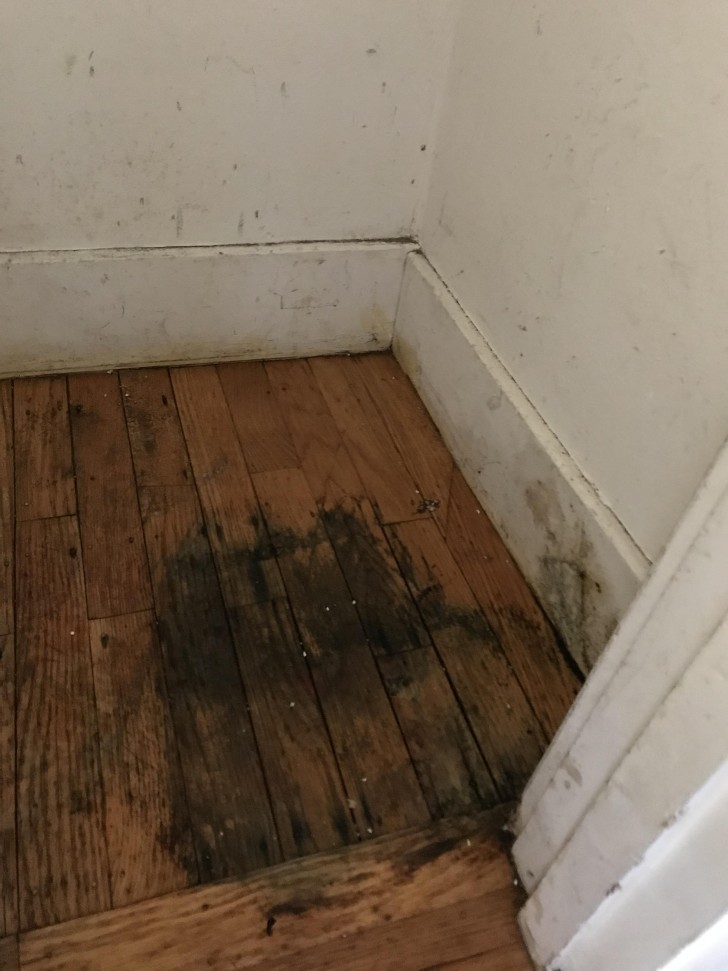
In addition to the foregoing indications of the presence of mold in the home, more specific signs can be seen on wooden floors. When you notice any of these signs, you need to act promptly to prevent a disaster. Here are the main things to look for:
- Stains or discoloration: the presence of humidity and mold could cause discoloration of the flooring, since mold feeds on the organic compounds in the wood. If you notice atypical discolorations or unexplained dark spots, immediately check for the presence of mold as it is likely that it has already started to damage your floor;
- Structural changes: mold and humidity change the structure of the wood and therefore signs such as the swelling of the boards, a soft and spongy feeling to the touch, a dusty appearance or any other structural deformation requires prompt action;
- Flaking or peeling: like the changes described above, these two problems are also caused by the proliferation of mold and humidity, which destroy the bond between the floor and its adhesive coating.
5. Allergic reactions

Mold (and the spores) can create allergic reactions in humans. So, if you or any of your family members experience an inexplicable increase in symptoms such as fatigue, headaches, dizziness, nausea or nasal irritation, perhaps the cause is the growth of hidden mold.
How to prevent mold growing under your hardwood floor
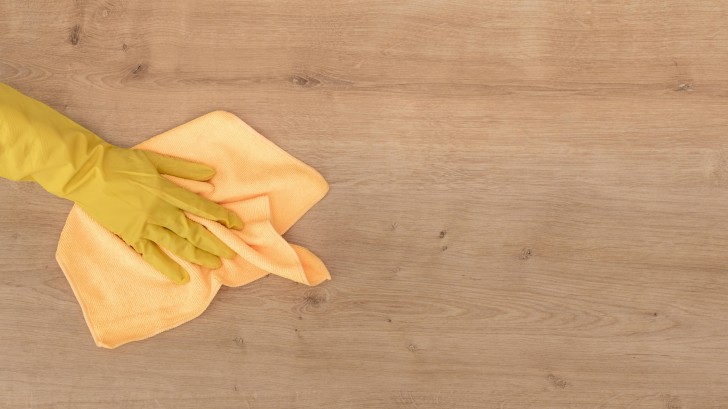
As already mentioned, one of the main causes for the proliferation of mold under a wooden floor is humidity and it is therefore essential to avoid exposing wooden floors to water sources (like spillage from plant saucers or stepping out still dripping from the shower, for example).
In addition to these precautions, you can act by applying anti-mold protections when you paint the walls and by carefully removing any sign of mold before painting or sealing any surface, as well as ventilating the home properly. Using a dehumidifier will also help.
And if the mold has already spread, call a professional immediately!